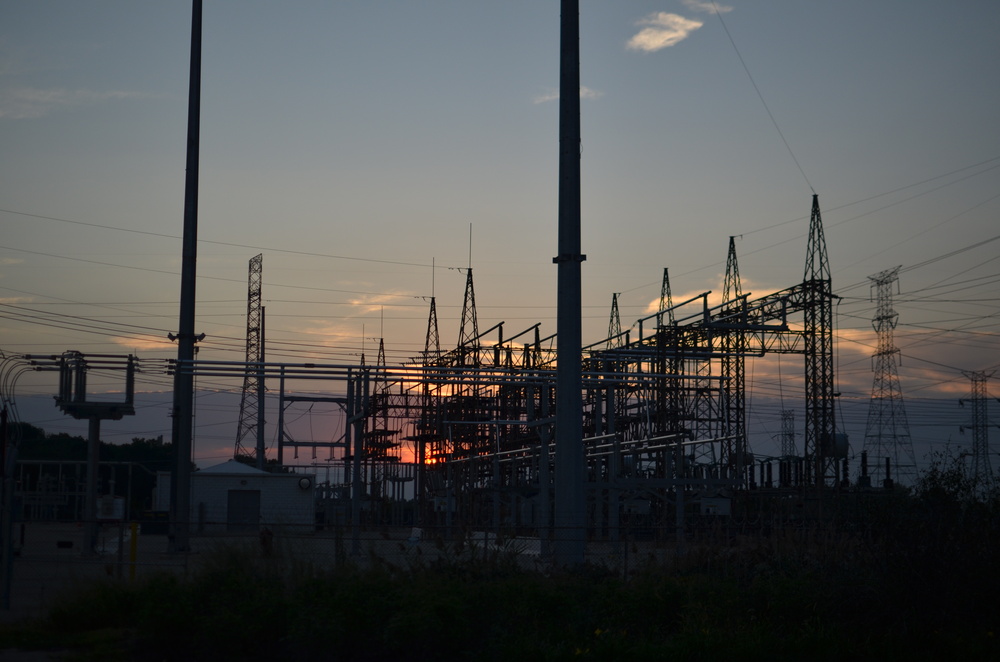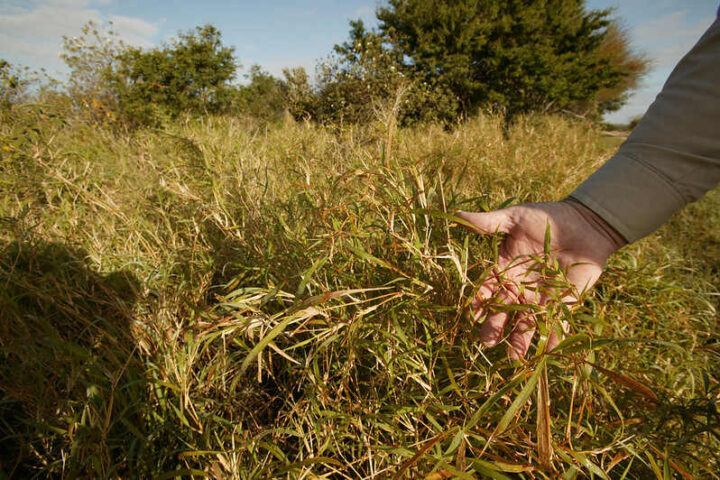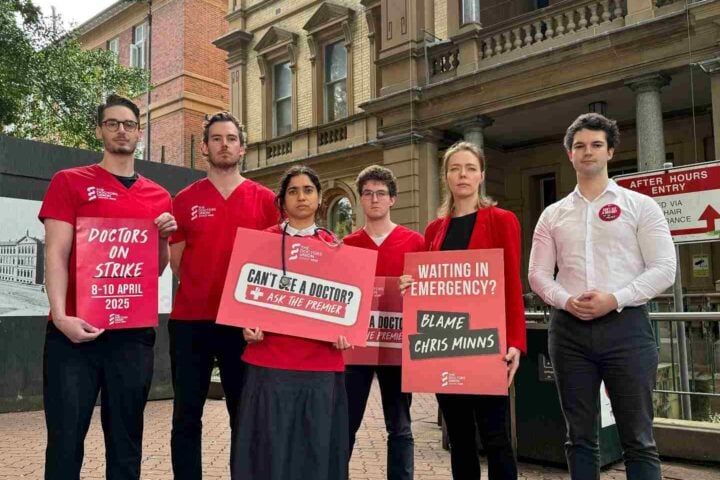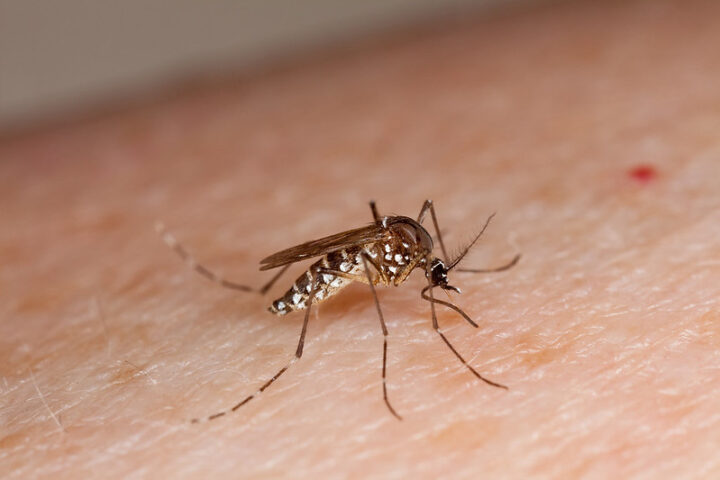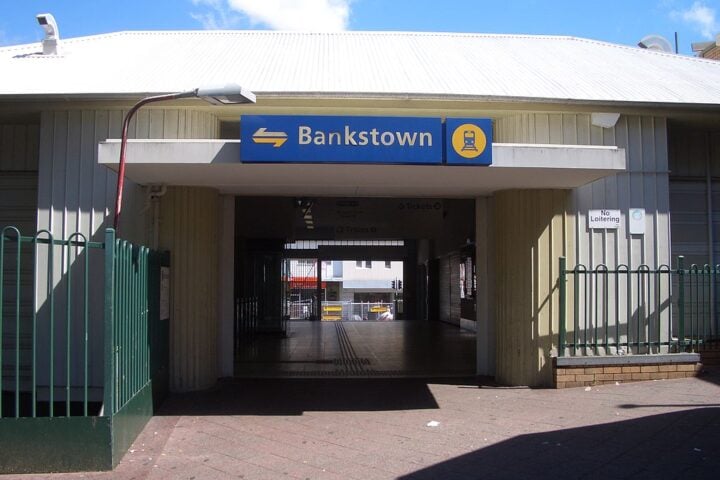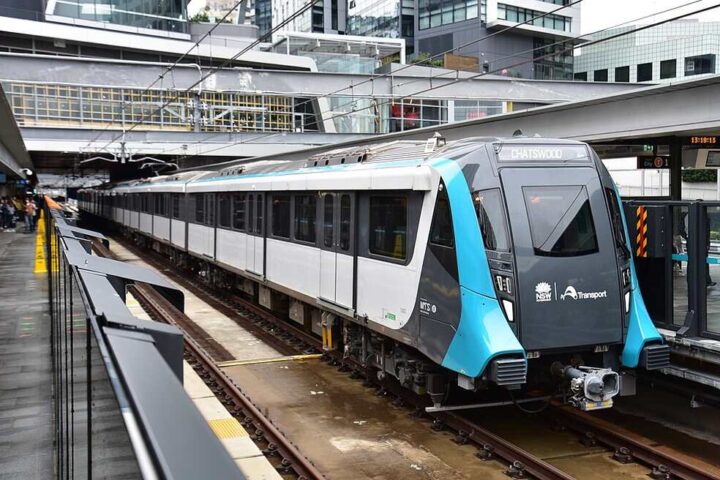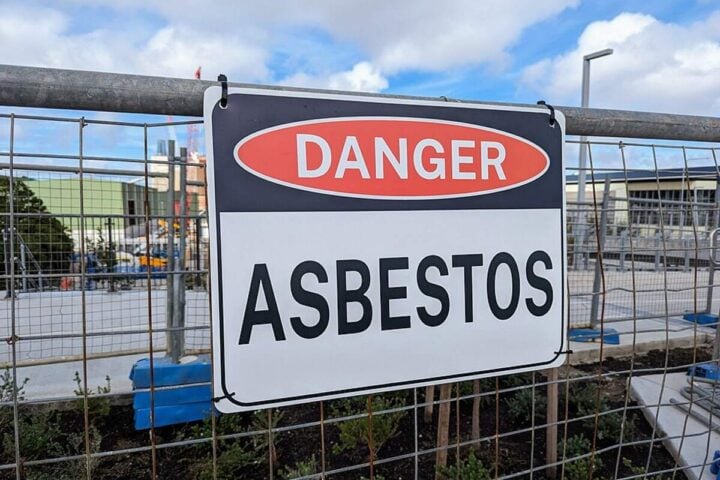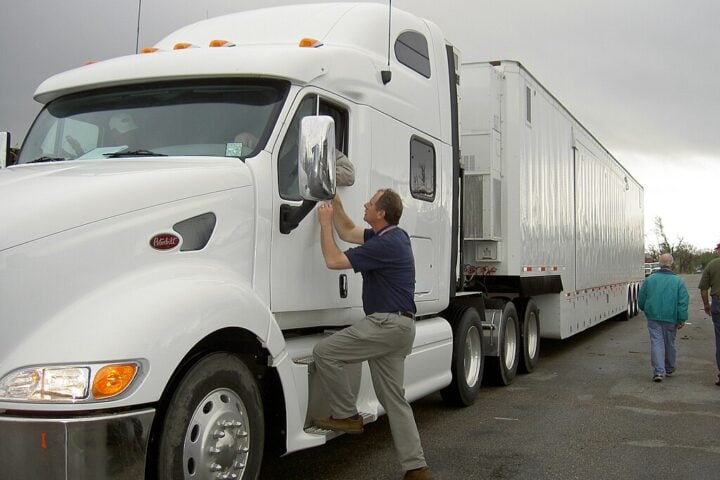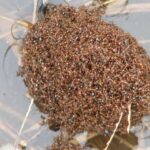Tropical Cyclone Alfred continues to threaten southeast Queensland and northern New South Wales as it inches closer to the Australian coast. Expected to make landfall at about 10am on Saturday morning, most likely between Double Island Point and Noosa and just south of Brisbane’s CBD, this Category 2 storm has already triggered widespread evacuations, school closures, and power outages affecting tens of thousands of homes.
Storm Status and Path
Meteorologists are closely monitoring Alfred’s slow-moving path, which has created a concerning situation for coastal communities. The Bureau of Meteorology (BoM) expects the center of Alfred to cross the Queensland coast around 10am Saturday, most likely between Double Island Point and Noosa, just south of Brisbane’s CBD.
The cyclone is expected to be downgraded to a Category 1 system by the time it makes landfall, with wind speeds expected between 89-117 km/h and gusts up to 164 km/h at landfall. However, experts warn that the category doesn’t fully reflect potential damage, as Alfred’s slow movement over unusually warm ocean surfaces could produce devastating rainfall.
“The highest mortality from tropical cyclones is associated with the rainfall,” notes Dr. Hamish Ramsay, a cyclone expert at CSIRO. “Wind speed in this instance might not be the most damaging.”
Community Impact
Over 900 schools have been closed across Queensland, while public transport systems, including buses and ferries, remain suspended in high-risk areas. Evacuation orders have forced thousands of residents to relocate, with 19 evacuation centers now open across NSW.
Similar Post
Emergency Services Minister Jihad Dib urged people to prioritize safety: “The intention of having people in evacuation centers is having them in a place that is safe. And we want people to be safe.”
Power outages have affected approximately 36,000 customers currently, down from 44,500 overnight. Tweed Heads and Byron Bay remain the hardest-hit areas.
Warnings and Safety Measures
Authorities have issued urgent warnings for residents in evacuation zones to leave immediately. “The weather will deteriorate over the next few hours and then it may be too late to leave,” warned NSW Police Superintendent Scott Tanner.
In the Northern Rivers region, officials cautioned that emergency resources would be stretched thin: “There will not be enough boats and there will not be enough rescue people” to help those who ignore evacuation orders.
The M1 Pacific Motorway has been closed between Tweed Coast Road and Ewingsdale Road due to multiple hazards, including fallen trees. NSW Transport Minister Jenny Aitchison warned that road closures could extend for many days, emphasizing that “we have to prioritize safety.”
Climate and Environmental Factors
Cyclone Alfred’s formation in southern waters has been described as unusual, potentially reflecting changing climate patterns. The cyclone is moving through an area with abnormally warm ocean temperatures, providing additional energy to the system.
Timing could prove critical for coastal damage. If Alfred strikes during high tide, storm surges could add another meter to expected tide levels, with damaging waves creating even greater heights.
“A few hours can make a big difference,” noted Dean Narramore, senior meteorologist at the Bureau of Meteorology, who has been working with a team for the past 11 days to track Alfred’s path.

Government Response
Queensland Premier David Crisafulli praised community preparation efforts as “remarkable” during a press conference. “The vast majority of people have done the right thing and, my view is, if you give people the information, humans rally in times of crisis and people really, really have,” he said.
Prime Minister Anthony Albanese has urged residents to take warnings seriously. The Australian Defence Force has been deployed to support State Emergency Services in the Northern Rivers region.
Despite the daunting situation, Crisafulli shared an uplifting moment: twins were safely delivered overnight in Dunwich on North Stradbroke Island with the help of paramedics and midwives, even as the region faced cyclonic winds.
“In events like this, there are always little moments of magic,” Crisafulli noted.
FAQ: Tropical Cyclone Alfred
When and where will Cyclone Alfred make landfall?
According to the Bureau of Meteorology, Cyclone Alfred is expected to make landfall around 10am Saturday, most likely between Double Island Point and Noosa, just south of Brisbane’s CBD. However, this timing could change as the cyclone’s path evolves.
What category is Cyclone Alfred and what does that mean?
Alfred is expected to be downgraded to a Category 1 cyclone by the time it makes landfall, with expected wind speeds between 89-117 km/h and gusts up to 164 km/h. However, experts warn that a cyclone’s category doesn’t fully indicate its destructive potential, as Alfred’s slow movement and heavy rainfall could cause significant damage regardless of wind speed.
Which areas are under evacuation orders?
Multiple areas in Queensland and northern New South Wales are under evacuation orders, particularly coastal regions and low-lying areas prone to flooding. Residents in evacuation zones have been strongly urged to leave immediately, as conditions are expected to worsen rapidly.
What should I bring if I need to evacuate?
NSW Premier Chris Minns advised evacuees to bring essential documents, sleeping bags or bedding, and medication. Authorities recommend staying with friends or family if possible, but 19 evacuation centers have been established throughout affected regions.
Why is Alfred considered unusual for a cyclone?
Cyclone Alfred is unusual because of its southern formation and slow movement. While cyclones commonly track this far south, it’s rare for them to make landfall in southeast Queensland, as they’re typically pushed east by prevailing winds before reaching the coast.
How can I stay updated with the latest information?
The Bureau of Meteorology issues updated track maps every three hours during cyclone warnings, increasing to hourly updates as the cyclone approaches. ABC Emergency broadcasts regular warnings on ABC Radio across affected regions. Local emergency services also provide updates through official channels and social media.
